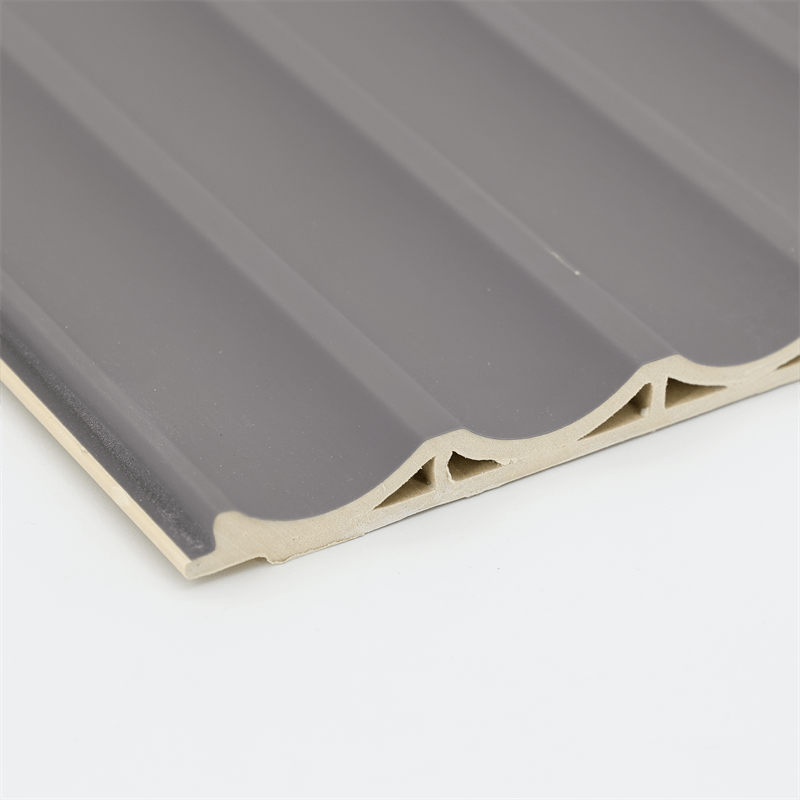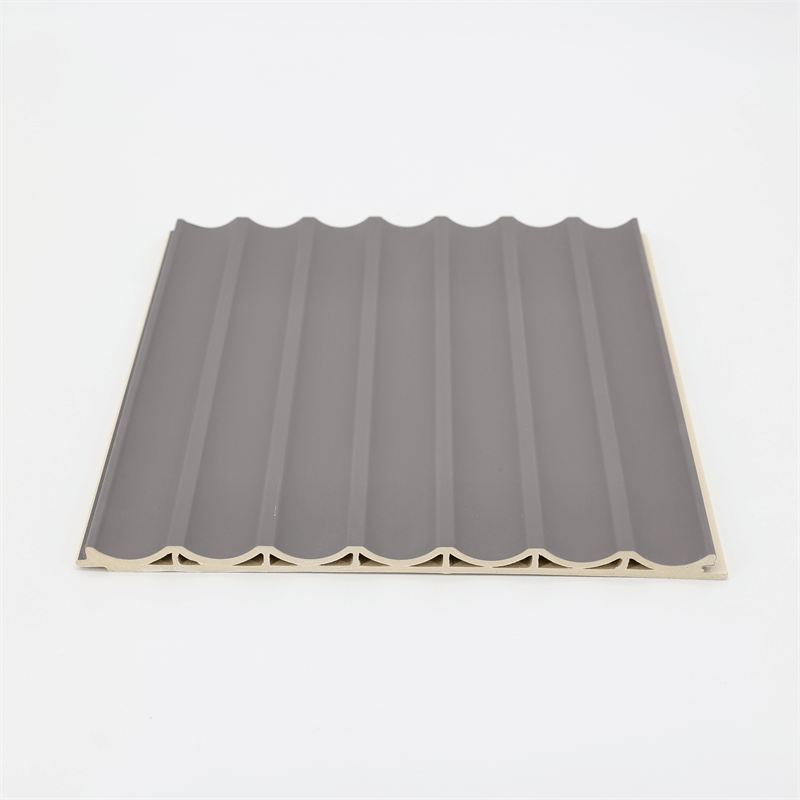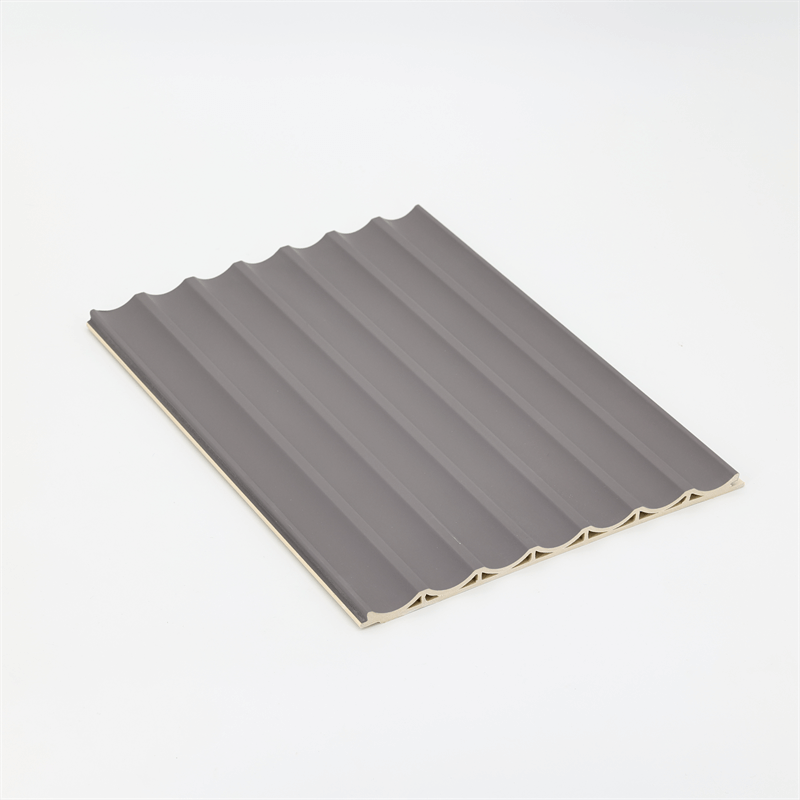WPC (Wood-Plastic Composite) wall panels have gained significant popularity in the realm of interior design due to their remarkable versatility.
These panels, composed of a blend of wood fibers and thermoplastics, offer a unique combination of aesthetic appeal, durability, and sustainability.
In this essay, we will delve into the various facets of versatility that WPC wall panels bring to interior design.
We will explore four key aspects: design freedom, installation options, integration of fixtures, and adaptability to different spaces.
I. Design Freedom with WPC Wall Panels
One of the major advantages of WPC wall panels is the design freedom they provide to architects and designers.
These panels come in a variety of sizes, shapes, and colors, allowing for the creation of visually stunning and customized interiors.
Let’s delve deeper into the design aspects of WPC wall panels:
- Customization: WPC panels can be easily customized to meet specific design requirements. They can be cut into different shapes and sizes, enabling architects to create unique patterns, geometric designs, or artistic compositions on the walls. This flexibility allows for the integration of wall panels as a central design element rather than just a functional covering.
- Visual Appeal: WPC wall panels come in a wide range of textures and finishes, allowing designers to achieve specific aesthetic goals. The panels can mimic the look and feel of natural materials such as wood, stone, or brick, enhancing the overall visual appeal of interior spaces. Whether the design calls for a rustic, contemporary, or industrial look, WPC panels can be adapted to suit various styles and preferences.
- Color Options: WPC panels offer an extensive color palette, ranging from neutral tones to bold and vibrant hues. Designers can choose colors that complement the overall theme and ambiance of the space or use contrasting colors to create focal points or visual interest. The wide range of color options enables endless possibilities for creative expression in interior design.
II. Installation Options for WPC Wall Panels
WPC wall panels provide flexibility in terms of installation, making them suitable for different types of spaces and construction projects.
Their ease of installation offers time and cost savings, along with several benefits:
- Mounting Surfaces: WPC panels can be easily mounted on various surfaces, including concrete, gypsum, or existing walls. This versatility allows for their application in both new construction projects and renovations. The ability to install WPC panels on different surfaces expands their potential use in residential, commercial, and industrial settings.
- Quick Installation: WPC wall panels are designed for easy and efficient installation. They often feature interlocking systems or hidden fasteners that ensure a seamless and professional finish. This streamlined installation process not only saves time but also reduces labor costs, making WPC panels a cost-effective choice for projects with tight timelines.
- Removability and Reusability: Another advantage of WPC panels is their ability to be removed and reused. This is particularly beneficial in situations where flexibility and adaptability are required. If a space needs to be reconfigured or renovated, WPC panels can be easily disassembled and reinstalled in a new location, reducing waste and minimizing the environmental impact.
III. Integration of Fixtures with WPC Wall Panels
WPC wall panels offer the advantage of seamlessly integrating fixtures and elements within the panels themselves, providing a clean and organized look to interior spaces.
This integration enhances functionality and design cohesiveness. Let’s explore how WPC panels facilitate the integration of fixtures:
- Pre-cut Openings: WPC panels can be manufactured with pre-cut openings or cavities to accommodate fixtures such as lighting, switches, outlets, or multimedia components. These pre-cut openings ensure precise positioning and alignment of fixtures, minimizing the need for additional cutting or modifications during installation.
- Hidden Wiring and Cables: WPC wall panels allow for concealed wiring and cables. This feature eliminates unsightly wires and cables running across walls, creating a clutter-free and visually pleasing environment. The integration of fixtures within the panels ensures a clean and streamlined look, enhancing the overall aesthetics of the space.
- Customizable Fixtures: WPC panels offer the opportunity to incorporate customized fixtures directly into the panel design. For example, panels can be manufactured with built-in shelves, niches, or display areas, providing functional storage or display solutions. This integration of fixtures not only optimizes space utilization but also adds a unique touch to the interior design.
IV. Adaptability to Different Spaces with WPC Wall Panels
WPC wall panels exhibit adaptability to a wide range of spaces, from residential homes to commercial offices and public areas.
This adaptability is due to the versatile nature of WPC panels, allowing them to fulfill different functional and aesthetic requirements:
- Residential Spaces: WPC wall panels can transform residential interiors, creating visually appealing and functional living spaces. Whether used as an accent wall in a living room, a textured backdrop in a bedroom, or a waterproof cladding solution in bathrooms, WPC panels enhance the overall aesthetics while providing practical benefits such as durability and moisture resistance.
- Commercial and Office Spaces: In commercial and office settings, WPC wall panels offer a professional and sophisticated look. They can be used in reception areas, conference rooms, or common areas to create a welcoming and visually impactful environment. Additionally, their acoustic properties contribute to sound insulation, ensuring a quiet and productive atmosphere.
- Public Areas and Retail Spaces: WPC panels are also suitable for public areas such as lobbies, corridors, and retail spaces. Their durability and ease of maintenance make them ideal for high-traffic environments. The versatility in design and color options allows for the creation of visually stunning spaces that reflect the brand identity and engage visitors or customers.
The versatility of WPC wall panels makes them a valuable asset in interior design.
From design freedom and installation options to the integration of fixtures and adaptability to different spaces, WPC panels offer a multitude of possibilities.
Their ability to transform the aesthetics, functionality, and ambiance of interior spaces while providing durability and sustainability make them an ideal choice for architects, designers, and homeowners seeking to create visually stunning and practical environments.
As the demand for versatile and sustainable interior design solutions continues to rise, WPC wall panels are poised to play a significant role in shaping the future of interior design.

In conclusion, the versatility of WPC wall panels opens up a world of creative possibilities in interior design.
Their ability to be customized, paired with a wide range of textures, finishes, and colors, allows designers to unleash their creativity and bring unique visions to life.
The flexibility in installation options enables WPC panels to be seamlessly integrated into various surfaces, making them suitable for both new construction projects and renovations.
Moreover, the integration of fixtures within WPC wall panels enhances functionality and aesthetics by providing a clean and organized look.
The pre-cut openings and hidden wiring/cables ensure a clutter-free environment, contributing to a visually pleasing space.
Additionally, the adaptability of WPC panels to different settings, such as residential, commercial, and public areas, showcases their versatility in meeting diverse design requirements.
The versatility of WPC wall panels extends beyond their aesthetic appeal.
They offer durability, moisture resistance, and ease of maintenance, making them a practical choice for high-traffic areas.
Furthermore, their sustainability credentials, including the use of recycled materials and reduced carbon footprint, align with the growing emphasis on eco-friendly design practices.
As the interior design industry continues to evolve, WPC wall panels provide a sustainable and versatile solution that combines functionality and aesthetics.
With their ability to transform spaces, integrate fixtures, and adapt to different environments, WPC panels empower designers and architects to create visually stunning, functional, and environmentally conscious interiors.
In conclusion, the versatility of WPC wall panels makes them an indispensable tool in the hands of designers and architects.
Their ability to customize, integrate fixtures, adapt to various spaces, and offer sustainability benefits positions them as a go-to solution for interior design projects.
As the demand for innovative and environmentally friendly design materials grows.
WPC wall panels are poised to play a significant role in shaping the future of interior design by offering a harmonious blend of functionality and aesthetics.


